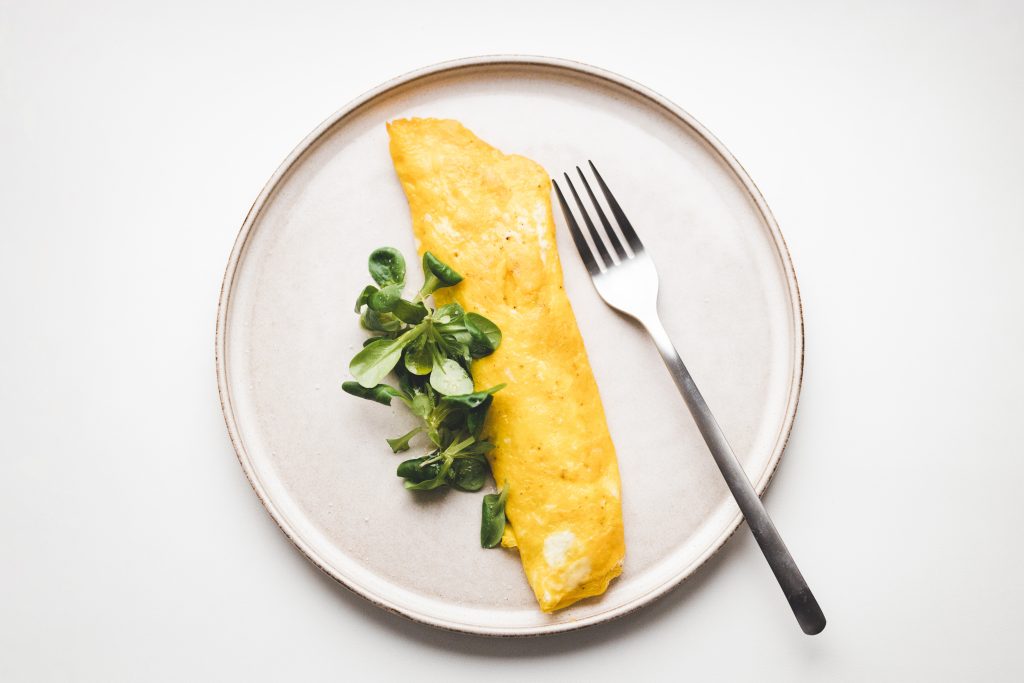The French omelette is a culinary masterpiece, celebrated for its delicate texture and creamy, flavorful interior. Elevate your breakfast experience with this step-by-step guide on crafting the perfect French omelette, bringing a touch of Parisian flair to your kitchen.
Ingredients:
- 3 large eggs
- Salt and pepper to taste
- Butter for cooking
- Fresh herbs (optional)
- Grated cheese (optional)
Equipment:
- Non-stick skillet
- Whisk or fork
- Rubber spatula
Step 1: Prep the Eggs
Crack the eggs into a bowl, ensuring no shell fragments make their way in. Season with a pinch of salt and pepper. Use a fork or whisk to gently beat the eggs until the yolks and whites are well combined.
Step 2: Heat the Pan
Place a non-stick skillet over medium-low heat. Add a pat of butter, allowing it to melt and coat the bottom of the pan evenly.
Step 3: Pour and Swirl
Pour the beaten eggs into the skillet. As they begin to set at the edges, use a rubber spatula to gently push the cooked eggs toward the center. Tilt the pan to let the uncooked eggs flow to the edges.
Step 4: Add Fillings (Optional)
If you desire, this is the time to add any fillings such as fresh herbs or grated cheese to one side of the omelette.
Step 5: Roll and Fold
Once the eggs are mostly set but still slightly runny on top, fold one side of the omelette over the fillings (if added). Gently roll the omelette onto a plate, creating a neat and cylindrical shape.
Step 6: Serve and Enjoy
Place the rolled French omelette on a plate, seam side down. Garnish with additional herbs or a sprinkle of cheese if desired. The interior should be creamy, and the exterior tender.
Tips and Variations:
- Herb Infusion: Elevate your omelette with a medley of fresh herbs such as chives, parsley, or tarragon.
- Cheese Delight: Experiment with different cheeses like Gruyère, goat cheese, or feta for added richness.
- Creamy Finish: For an extra touch of indulgence, a teaspoon of heavy cream can be whisked into the eggs before cooking.
- Quick and Gentle: The key to a perfect French omelette is a quick and gentle cooking process. The eggs should remain creamy, not dry.
Whether enjoyed on its own or accompanied by a crusty baguette and a simple salad, the French omelette is a culinary ballet that brings the essence of Paris to your breakfast table. Embrace the simplicity and sophistication of this classic dish, and savor the rich, velvety indulgence that is the hallmark of a well-made French omelette. Bon appétit!







Be First to Comment